”How much is my old gold pocket watch worth?” is a familiar question to those who are in possession of inherited gold pocket watches.
The value of antique pocket watches is dependent on several factors such as condition, rarity and demand. Finding out the degree to which these factors affect a certain timepiece requires the trained eyes of a professional appraiser, oftentimes with a fee.
If you are confident that the worth of your antique gold pocket watch can cover the appraisal expenses, I would recommend doing so. But if you are unsure of its potential selling price and want to minimize risk then it is best to perform an initial assessment.
An initial assessment simply looks for the signs of value. The more signs a pocket watch has, the more valuable it becomes. I have outlined a questionnaire to guide you in finding out the probable market value of your watch.
1. How much gold is in your old pocket watch?
The amount of gold in the pocket watch, measured in carat, is its lowest selling price. Generally, the higher the carat, the more valuable the watch becomes.
How do you determine the amount of gold on a pocket watch?
Hallmarks on pocket watches provide information about how much gold is in the watch. If you check the hallmarks on the watch case, you will find a stamp that signifies its gold content. Mass-produced gold pocket watches are usually encased in 9K, 10K and 12K gold.
These markings can also provide additional information about the item. For example, hallmarks on Swiss pocket watches indicate their place of manufacture, the precious metal and its amount.
It is also important that you distinguish solid gold cases from gold-filled or gold-plated ones. Cases marked 10K and above are of solid gold. Those that have warranted or guaranteed stamps with a corresponding number of years are more likely to be filled and plated.
Watches encased in a 9-karat or 10-karat cases are worth, at least USD 40. An 18k antique gold pocket watch will fetch a price not lower than USD 300.
2. Is the watch still working?
Pocket watch collectors are always in search for working specimen. A working piece is priced no less than three times that of a non-working sample.
It is easy to check if the watch is working. Just wind the pocket watch. If it starts to tic, and the hands move, then it is working.
If you have a non-working piece, you can sell it for the parts to horologists. Some also melt the case for gold. Just be sure that you know the gold content prior to selling it.
3. Does the watch have a mechanical movement?
Most pocket watch collectors will be more interested in the movement of the watch more than its case. The movement is the mechanism that powers the clock and there are two types of movements: mechanical and electronic (quartz).
A pocket watch that requires winding to run has a mechanical movement. If your timepiece has been handed down through generations, it is likely to be a mechanical.
Collectors prefer timepieces with mechanical movements because of the excellent craftsmanship in them. Battery-powered electronic (quartz) pocket watches have little to no value in the collecting market.
4. Is it made by a reputable manufacturer?
As with any products, the name of the manufacturer is synonymous to its quality. A working 18K gold pocket watch marked with names like Breguet and Patek Philippe will automatically fetch a price no lower than USD 1000.
Some collectors prefer to collect watches of a certain company. Many brands of American pocket watches such as Waltham, Elgin and Hamilton are highly sought-after by American collectors for their historical value.
Respected companies mark their products with the company’s name, seal and hallmarks. You can easily determine the maker of your pocket watch by looking for these stamps.
You should now have a founded idea of whether your old gold pocket watch is valuable or not. It is fairly safe to choose between having it appraised professionally and keeping it as a priceless heirloom.
For additional information, let me discuss the three important factors that determine the selling price of a gold pocket watch.
Grade and condition of your gold pocket watch
Condition refers to the state of the watch. The first sign of an item in good condition is that it is working. Damages on the case and dial and any repairs or replacements, especially on the movement, significantly decrease its worth.
Rarity of the watch
Rarity refers to how scarce the item is. A rare pocket watch will be highly priced by collectors because of its uniqueness.
It is hard to measure an item’s rarity without knowledge of the current pocket watches collecting market trends. You can, however, do a quick search on eBay for items similar to the one you have. This will give you the relative rarity, and even the selling price range, of your gold pocket watch.
Demand for gold pocket watches
Finally, there is demand. It is important to understand that demand is the most significant factor in cementing the final price of a gold pocket watch. Much like rarity, measuring the demand for pocket watches is hard without the aid of an expert.
Normally, in-demand pocket watches have high bids and bid price so a quick search on eBay for similar specimens should provide ample information on how salable they are.
Always remember, the real value of an item is the price that the buyer is willing to pay. Online message boards or forums dedicated to pocket watch collecting are great resources to find out more information about your gold pocket watch and its market value. Most members of these communities are well-versed in the subject and would gladly provide you with details of your timepieces.


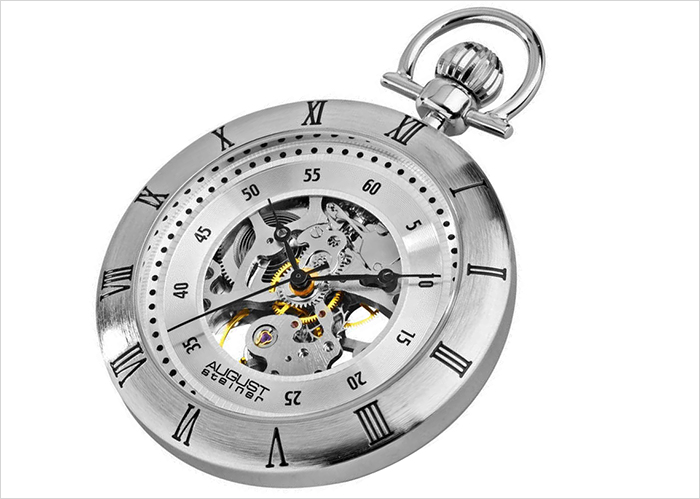
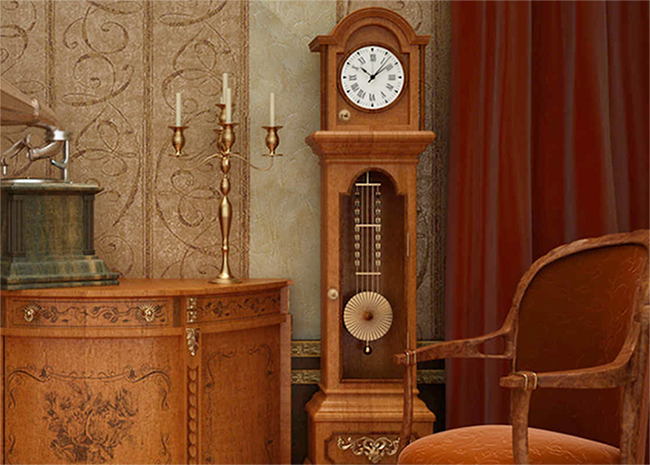
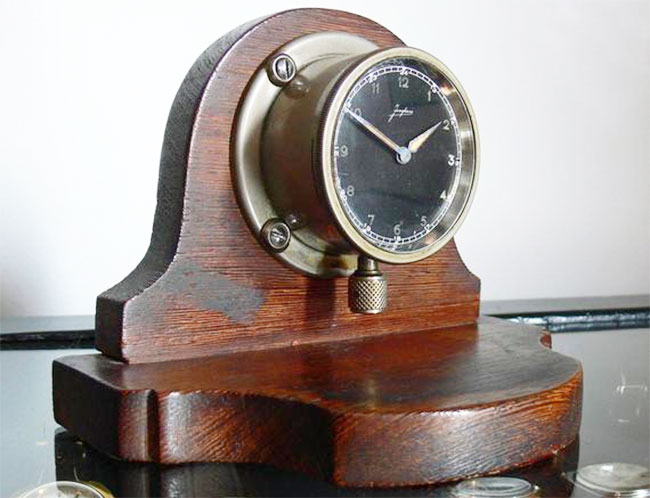


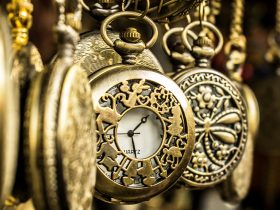
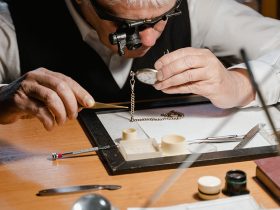


Leave a Reply